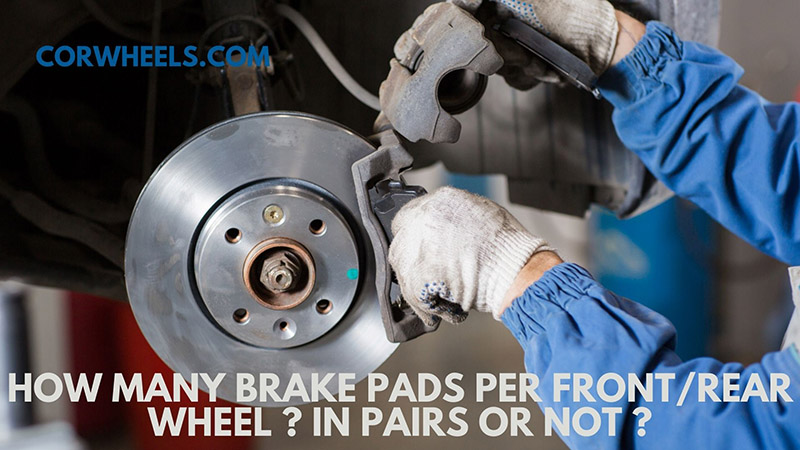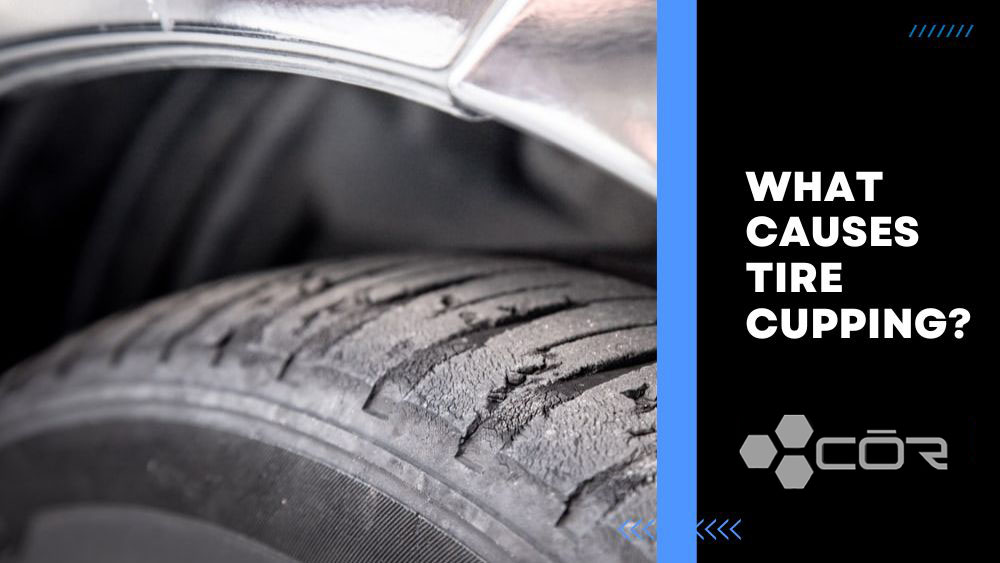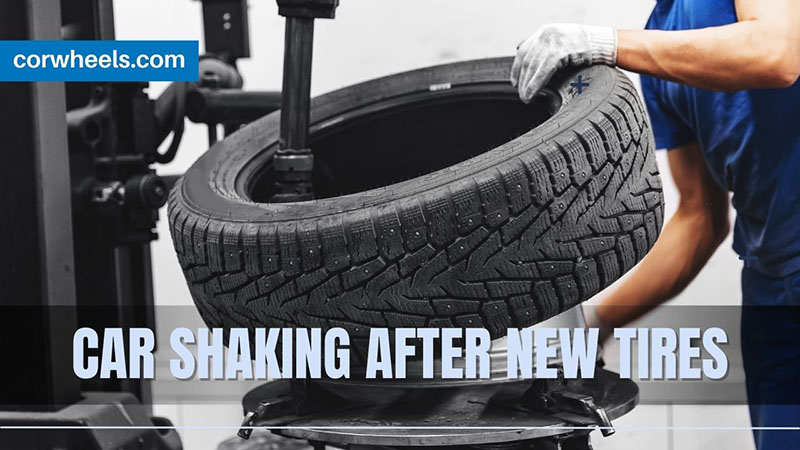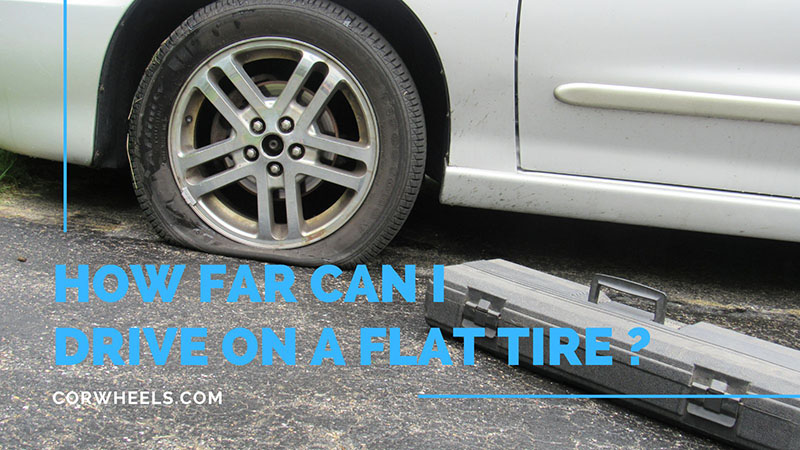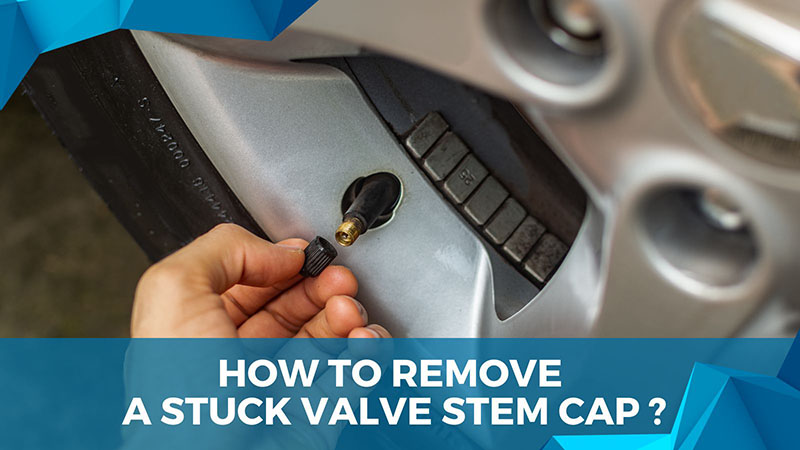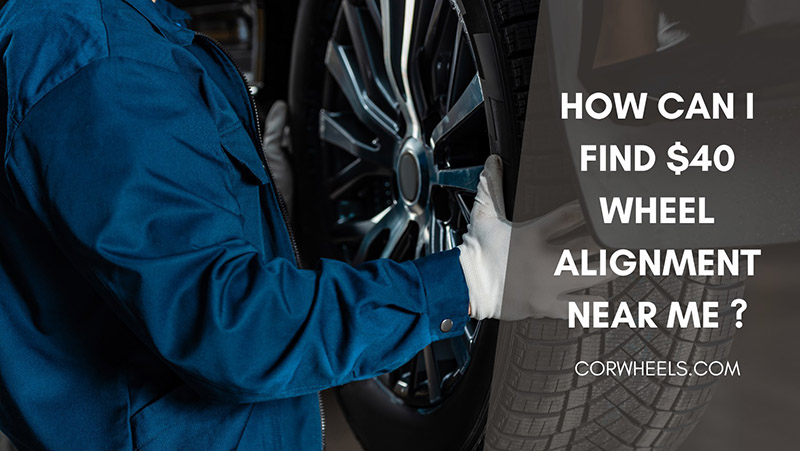The braking system is a critical component responsible for slowing down and stopping the vehicle. Brake pads are an essential part of this system, and they work by creating friction against the brake rotor to slow down the wheels.
When it comes to replacing brake pads, one common question is: how many brake pads in each wheel? Which brakes are more important? You can find the answer here.
In this article:
How Many Brake Pads Per Wheel? How Do They Work?
2 brake pads – an inner and an outer one – are present on each wheel. Both are pushed toward the rotating rotor when the caliper part clamps around the disc.
Modern sports cars typically have disc brakes on both the front and rear axles, while the majority of other vehicle models have drum wheels at the back and disc brakes up front.
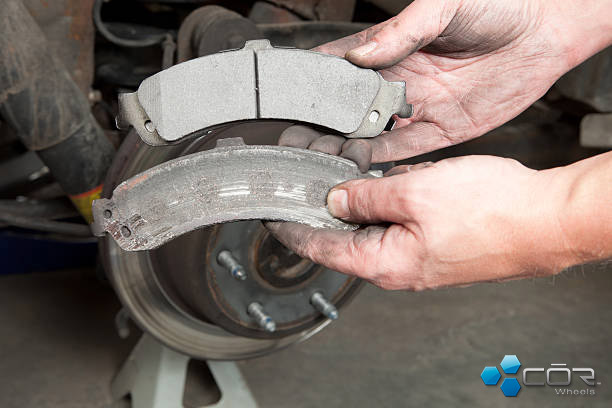
If your typical car model has disc brakes on all of its four wheels, there will be a total number of 8 brake pads on it since each wheel utilizes two brake pads.
Brake pads create friction against the brake rotor attached to the wheel. When the brake pedal is pressed, hydraulic fluid is sent to the brake caliper, which in turn pushes the brake pads against the rotor.
The friction generated by this contact between the brake pads and rotor causes the vehicle to slow down and eventually come to a stop.
Do Brake Rotors Come In Pairs?
Yes. Brake rotors typically come in pairs, as they are designed to work in conjunction with each other to ensure smooth and consistent braking performance.
When a vehicle’s brakes are applied, the brake pads press against the rotors, which slows down the wheels and brings the car to a stop. Because the rotors are subjected to intense heat and friction during this process, they can become warped or worn over time, compromising their ability to provide reliable braking.
Are Front And Rear Brake Pads The Same?
No. While both front and rear brake pads serve the same purpose, they are not interchangeable.
The front and rear brake pads are designed to fit specific vehicle designs. They vary in size, shape, and thickness depending on the car’s make and model.
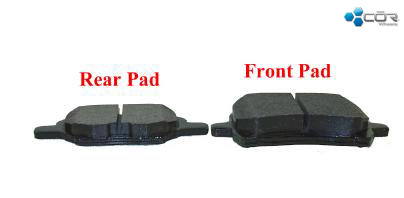
For example, I noticed the front brake pads on my Honda Accord are likely larger than the rear brake pads. And it doesn’t take me by surprise to know that this applies to all cars. This is because the front brakes typically do more of the work when stopping the car.
Plus, these two are created to handle different levels of stress. As mentioned earlier, the front brakes bear more of the brunt when it comes to stopping a vehicle.
This means they can handle more heat and friction than the rear ones. Suppose rear brake pads were used in the front of the car; they would not be able to take the stress of stopping the automobile and would wear out much faster.
That being said, some vehicles have the same type of brake pads on both front and rear. This is more common in trucks and SUVs, where the vehicle’s weight is more evenly distributed.
However, I recommend you consult the owner’s manual or a trusted mechanic to ensure the correct parts are used for your car.
Can I Mix Brake Pads? Are Brake Pads Specific To My Car?
Yes, you can use front brake pads on rear and vice versa. Typically, it won’t make much of a difference when you switch up the brands of brake pads.
I used to try this in a hurry, and uneven pad wear was the main variation I could experience. When I braked, there’s a little possibility that one brake pulls more than the other. This is typically not very obvious, though, depending on how varied the brake pads are.
Since they are sold in pairs, the brake pads should be comparable when used on the same axle. So as long as you can find two parts that meet this requirement, it is fine to use mismatch pads.
Still, notice that when you use products from different brands, you might feel a slight difference in performance as they come in various qualities, ranging from poor quality to premium rates.
That said, I would never mix pad compositions, such as semi-metallic brake pads and ceramic brake pads. I have made this mistake before.
On one side, the clamps holding the brake pads in place might not be as tight, resulting in subpar braking performance on one wheel. I even heard rubbing and screaming sounds as the pads contacted the rotor.
It was not a pleasant experience for me, and I don’t want you to go through the same situation. To cut a long tale short, there is never a good reason to combine pads, so don’t do it.
When You Need To Replace The Brake Pads
Over time, these parts can become worn or damaged, which can compromise the effectiveness of the brakes. Below are some of the signs that indicate it is time for a replacement.
Strange Sounds
One of the most common signs that your brake pads need to be replaced is the presence of strange sounds. A high-pitched squealing noise when you apply the brakes often means that the brake pads are worn down and need to be replaced.
This grinding sound is produced by a wear indicator built into the brake pads, which alerts the driver that the pads need to be changed.
Vibrating Steering Wheel
If you feel a vibration in the steering wheel when you apply the brakes, it could be a warning sign that the brake pads are near the end of their life. This vibration is caused by the brake pads not making even contact with the brake rotors, which can be a road safety concern.
Visual Damage
This is quite obvious; when the pads look thin or worn, it is time to replace them. Or, if you see any cracks or other damage on the brake pads, this is also a bad sign that they need to be changed.
Warning Light
Illuminating warning light is another evident red flag. One or more sets of brake pads are practically worn out, and a replacement should be installed, according to the display board of the car.
Should You Replace All Brakes At Once?
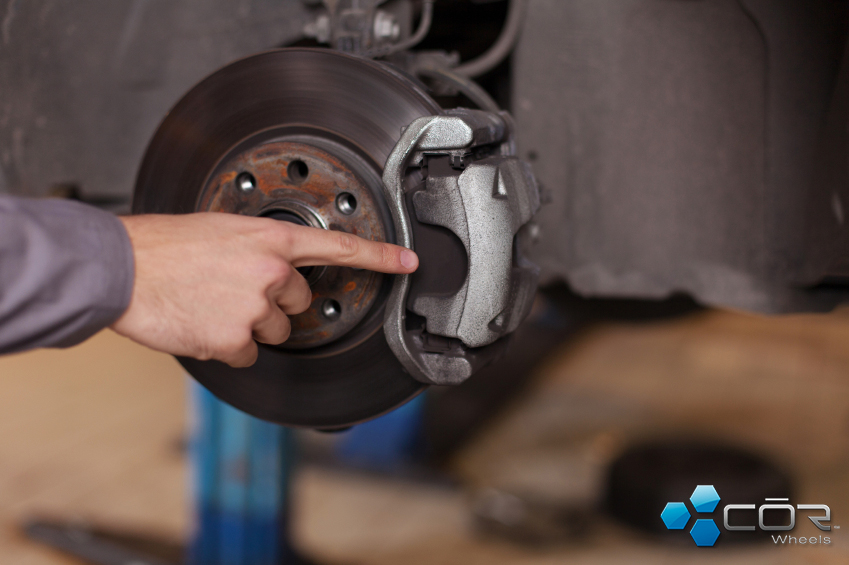
Yes, it is recommended to replace all four brakes at the same time for optimal braking performance and safety. This is because all four brakes work together to stop the vehicle, and if one set of brakes is significantly more worn than the others, it can lead to uneven braking performance and potential safety hazards.
However, let’s say the disc braking system is in optimal condition and only one set of brakes needs to be replaced. It may not be necessary to swap all four brakes for new ones.
For example, when the rear brakes are more worn than the front brakes, it may be sufficient only to replace the rear brakes.
Frequently Asked Questions
Can You Replace Just The Brake Pads?
Yes, it is possible to replace just the brake pads without replacing the entire advanced braking system. In fact, this is one of the most common forms of brake maintenance.
Which Brakes Wear Out First, Front Or Rear?
It’s the front brakes. The majority of the stopping power in a modern vehicle comes from the front ones, as the car’s weight shifts forward when the brakes are applied.
They are responsible for 70% of the stopping power, while the rear ones are responsible for the remaining 30%. This means the front pads and rotors experience more heat and friction, leading to faster wear and tear.
How Often Do You Need To Replace Rear Brakes?
As a general rule of thumb, have your rear brakes inspected every 10,000 to 12,000 miles and to replace the brake pads if they are less than 1/8 inch thick. This can also vary depending on the brake pads used, driving habits, road conditions, and type of vehicle.
The Bottom Line
Ultimately, the number of brake pads needed and rotor per wheel depends on the make and model of your vehicle. It is crucial to consult your vehicle’s owner’s manual or a trusted mechanic to ensure that you install the correct number of brake pads.

